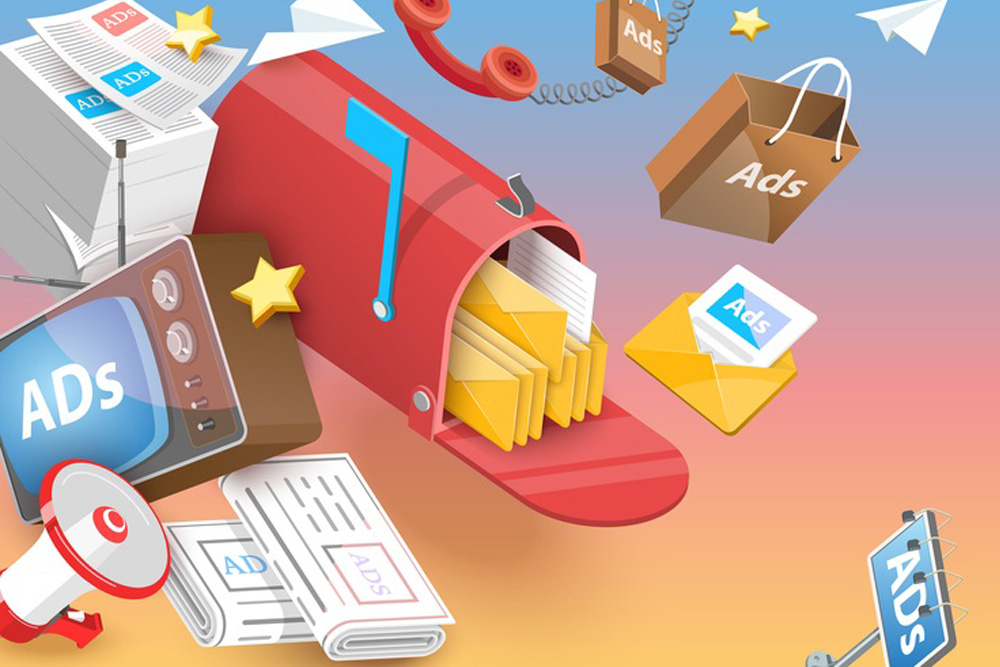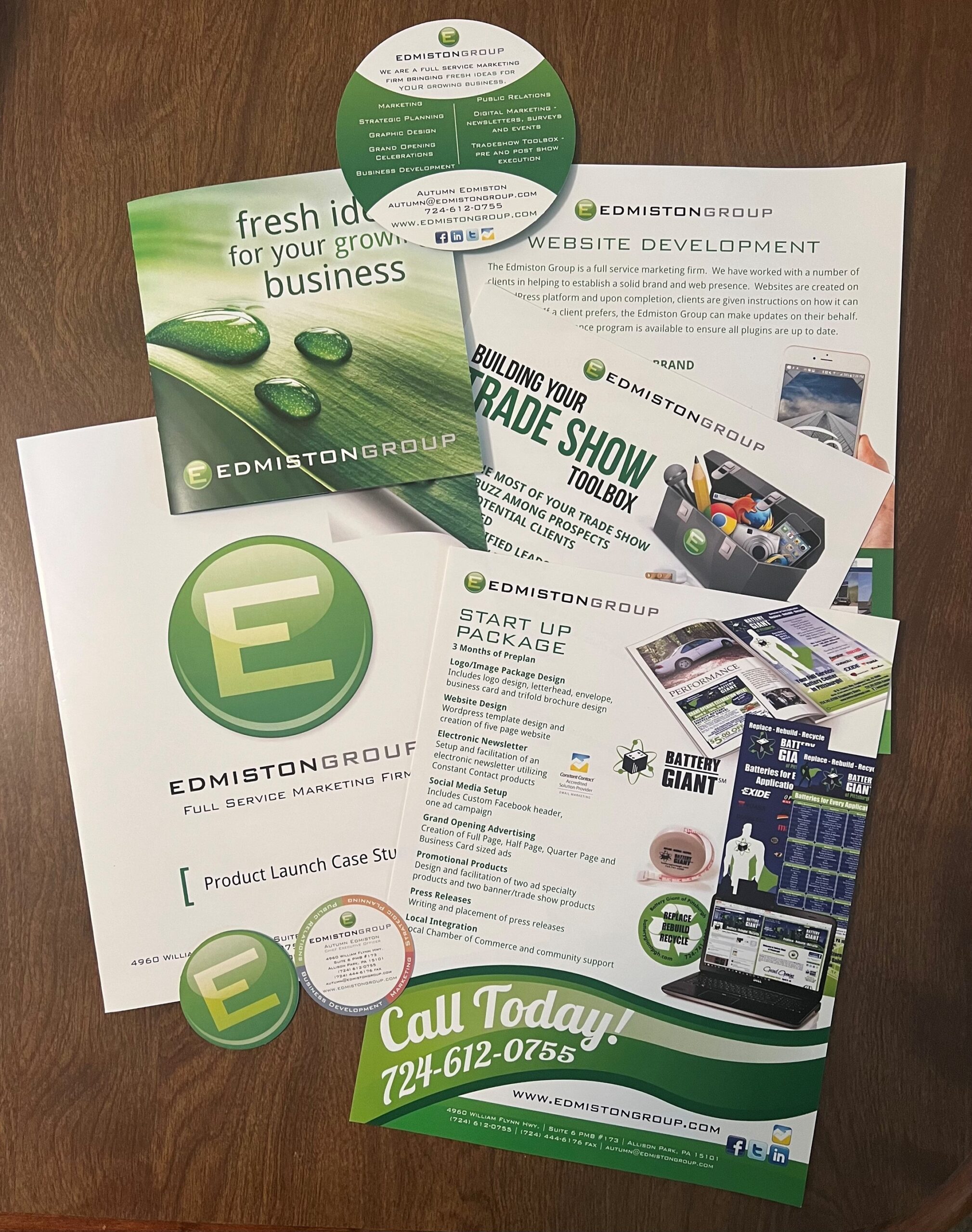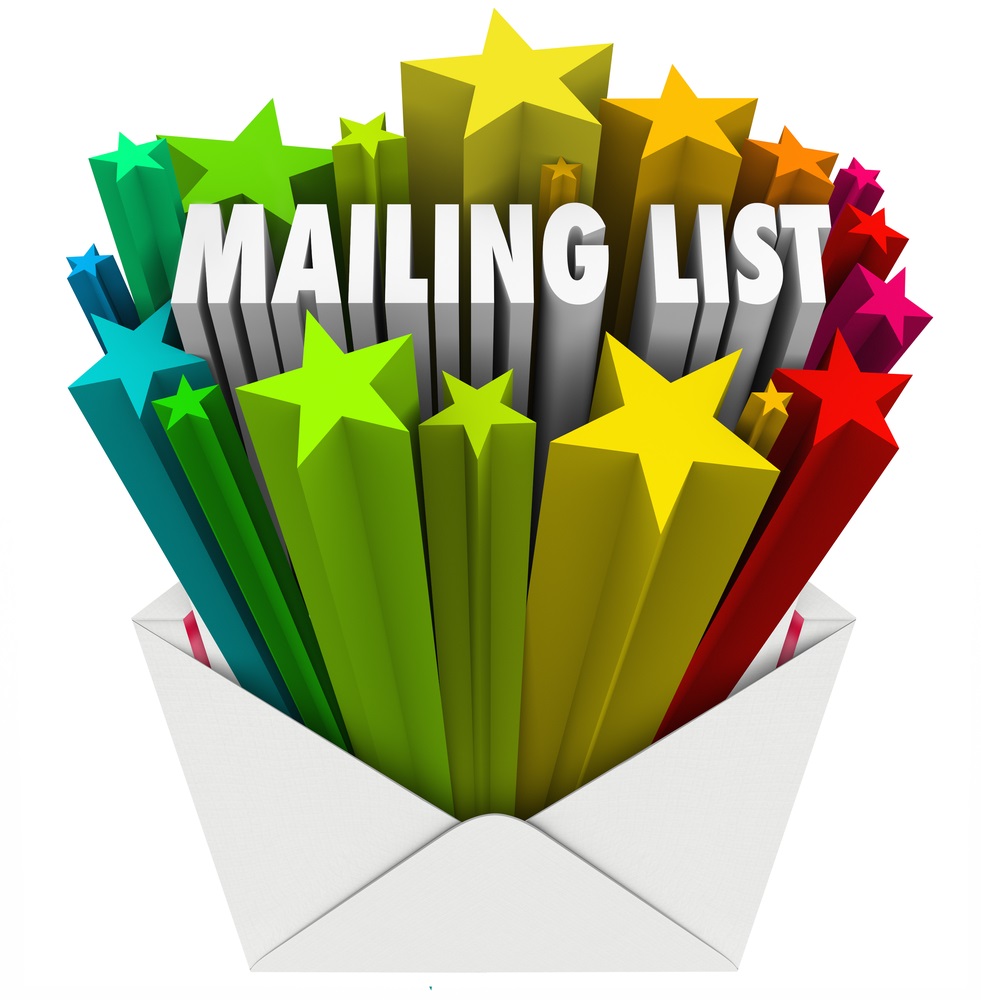Here we are in the middle of the summer! Perhaps you’re thinking about vacations, time with family and friends, and baseball. But did you realize the year is more than half over? Before you know it, we’ll be in the fourth quarter, the holidays will be upon us, and we’ll be talking about business goals for the new year. Instead of being surprised near the end of the year, now is the perfect time to complete a mid-year review of your business.
By taking a look at what’s working, what’s not working, and where you need to adjust NOW, you can open the door for more peace and relaxation throughout the remainder of the year.
So let’s get started!
Collect Data from the First Half of the Year:
Collect and compile data on the following:
- Goals: List your top 3-5 goals from the beginning of the year. For each goal, note your progress to date.
- Revenue: Write down your gross income and net revenue through June 30th.
- Break it down further: Break down your profit by product or service. Bonus for also notating your marketing expenses for each product or service.
- Audience: How has your audience grown (or decreased) since the first of the year? Include your customer and prospect list, email list, mailing list, and relevant social platforms.
- Key Metrics: What metrics do you want to track and review? Consider metrics such as conversion rate, customer acquisition cost, and customer lifetime value. You can learn about and track additional metrics here.
Confirm Relevancy, Identify Gaps and Opportunities:
Now that you have collected basic data, review and determine the relevancy of each goal.
Analyze Data: Review the data you’ve collected. Where are you on target, where are you over budget/under budget, and what surprises stand out?
Identify Market Trends: What is happening in your specific industry, local environment and within the business community at large that impacts your business or customers?
What has and hasn’t worked this year? Take time and identify what is working for your business and what isn’t. Consider changes in staff, new products or services, launches, marketing campaigns, promotions, and online and/or foot traffic. Ask your team for their insights as to what has worked well and what hasn’t worked well.
Update Goals and Timeline:
Now that you have collected and analyzed data, and accounted for changes in market trends and what has and hasn’t worked to date, it’s time to review and adjust your top 3-5 goals for the rest of the year.
Have you achieved any of the goals? Are there goals you failed to take action on? Are you ahead of schedule or behind schedule on each of your open goals? Are the goals still relevant or is it time to rewrite one or more goals?
Also, take a moment to list ‘distractions’ – these are the goals that were never on your top list of goals, yet have utilized time and resources without your consciously measuring the importance of those goals against your long-term strategy.
Focus your attention, time, and resources on goals that matter for the success of your business. Let go of goals not serving your business to bring your energy and resources to those that do.
When you’ve completed updating and prioritizing your goals for the remainder of the year, ensure that each goal is aligned with your longer-term direction.
Plan for Growth:
The fall and winter can be lucrative seasons for many businesses. Therefore, as part of laying the groundwork for a successful second half of the year, determine what activities can help grow your business so you can meet your goals. When you’re done, review and update your projected revenue by month.
Account for ‘boosts’ to revenue from items such as:
- Holiday campaigns (back-to-school sales, Small Business Saturday, holiday sales).
- New customers through tradeshow participation.
- Email marketing campaigns.
- Launches of new products or services.
Account for ‘one-time’ expenses related to:
- Audience growth
- Marketing strategy and assets
- Additional help
- Product development and testing
Once you’ve planned these growth details, circle back to your newly updated goals to ensure alignment.
Pro-tip: Schedule a monthly review of your progress so you can continue to take action to stay on track.
Congratulations! If you’ve completed your mid-year review, you have time to react to any shortfalls and turn the tide to achieve a successful year. By completing this review now, you can plan for growth and campaigns, and you have time to get professional counsel to address areas of concern, be that legal, accounting, or marketing.
About the author: Autumn Edmiston is the CEO and owner of the Edmiston Group. The Edmiston Group is a multifaceted Pittsburgh-based marketing consulting firm providing senior-level marketing management services to businesses and non-profit organizations on a short or long-term basis. Core areas of service are business development strategies, website creation and management, social media management, marketing, strategic planning, and public relations. The Edmiston Group has consistently delivered and implemented real-world, proven business marketing ideas and strategies for business.













